The recovered carbon-black market in Brazil is characterized by a dynamic competitive landscape, driven by increasing demand for sustainable materials and stringent environmental regulations. Major players such as Continental AG (DE), Michelin (FR), and BASF SE (DE) are actively engaged in enhancing their operational capabilities through innovation and strategic partnerships. These companies are focusing on developing advanced technologies for carbon recovery and expanding their production capacities to meet the growing market needs. Their collective strategies not only bolster their market positions but also contribute to a more sustainable industry framework.
Key business tactics employed by these companies include localizing manufacturing and optimizing supply chains to enhance efficiency and reduce costs. The market structure appears moderately fragmented, with several players vying for market share. However, the influence of key players is substantial, as they set benchmarks for quality and sustainability, thereby shaping the competitive dynamics of the market.
In October 2025, Continental AG (DE) announced the launch of a new facility dedicated to the production of recovered carbon black in Brazil, aimed at increasing its output capacity by 30%. This strategic move is significant as it not only enhances Continental's operational footprint in the region but also aligns with the growing demand for eco-friendly materials in tire manufacturing. The investment reflects a commitment to sustainability and positions the company favorably against competitors.
In September 2025, Michelin (FR) entered into a partnership with a local Brazilian recycling firm to enhance its supply chain for recovered carbon black. This collaboration is expected to streamline operations and improve the sourcing of raw materials, thereby reducing costs and increasing the sustainability of Michelin's product offerings. Such strategic alliances are indicative of a broader trend towards localized sourcing and production, which is becoming increasingly vital in the current market environment.
In August 2025, BASF SE (DE) unveiled a new technology aimed at improving the efficiency of carbon recovery processes. This innovation is poised to reduce production costs by approximately 15%, thereby enhancing BASF's competitive edge. The emphasis on technological advancement underscores the importance of innovation in maintaining market leadership and responding to evolving consumer preferences for sustainable products.
As of November 2025, current competitive trends in the recovered carbon-black market are heavily influenced by digitalization, sustainability initiatives, and the integration of AI technologies. Strategic alliances are increasingly shaping the landscape, allowing companies to leverage shared resources and expertise. Looking ahead, it appears that competitive differentiation will evolve from traditional price-based competition to a focus on innovation, technological advancements, and supply chain reliability, reflecting a broader shift towards sustainability and efficiency in the industry.


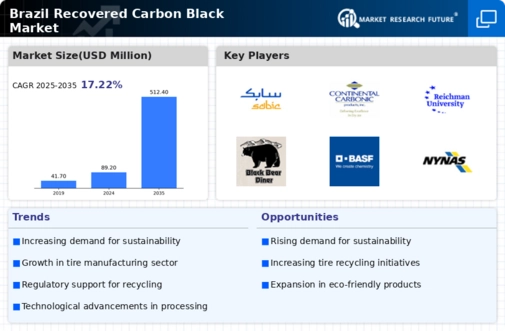
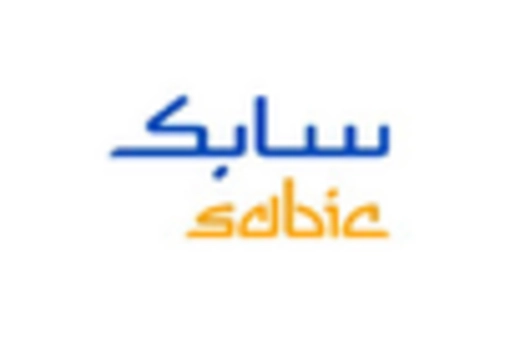
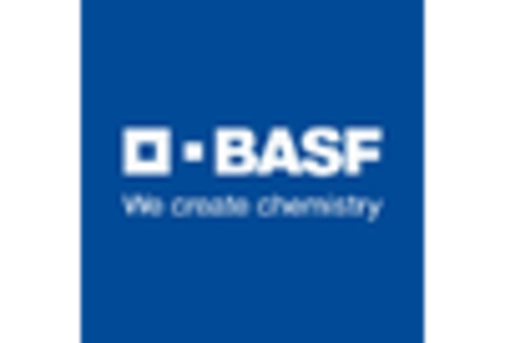
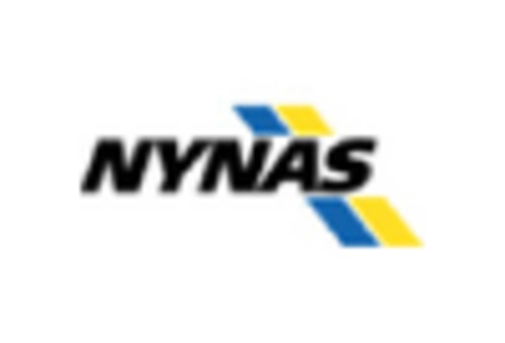
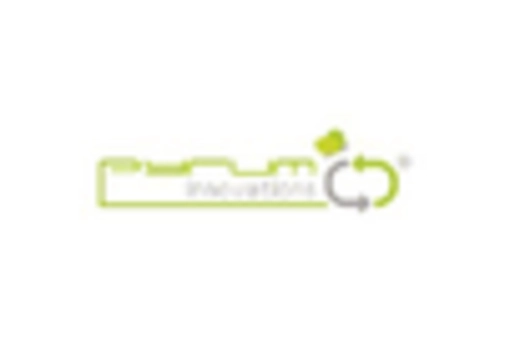
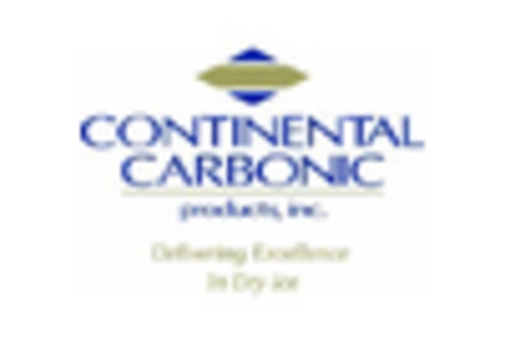
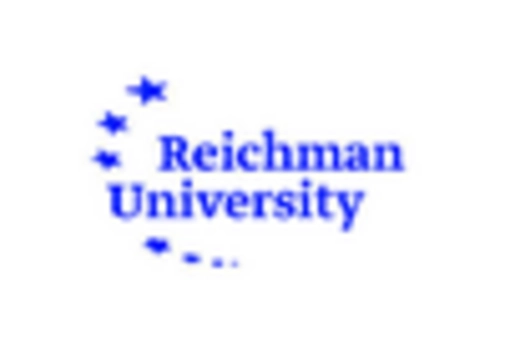









Leave a Comment